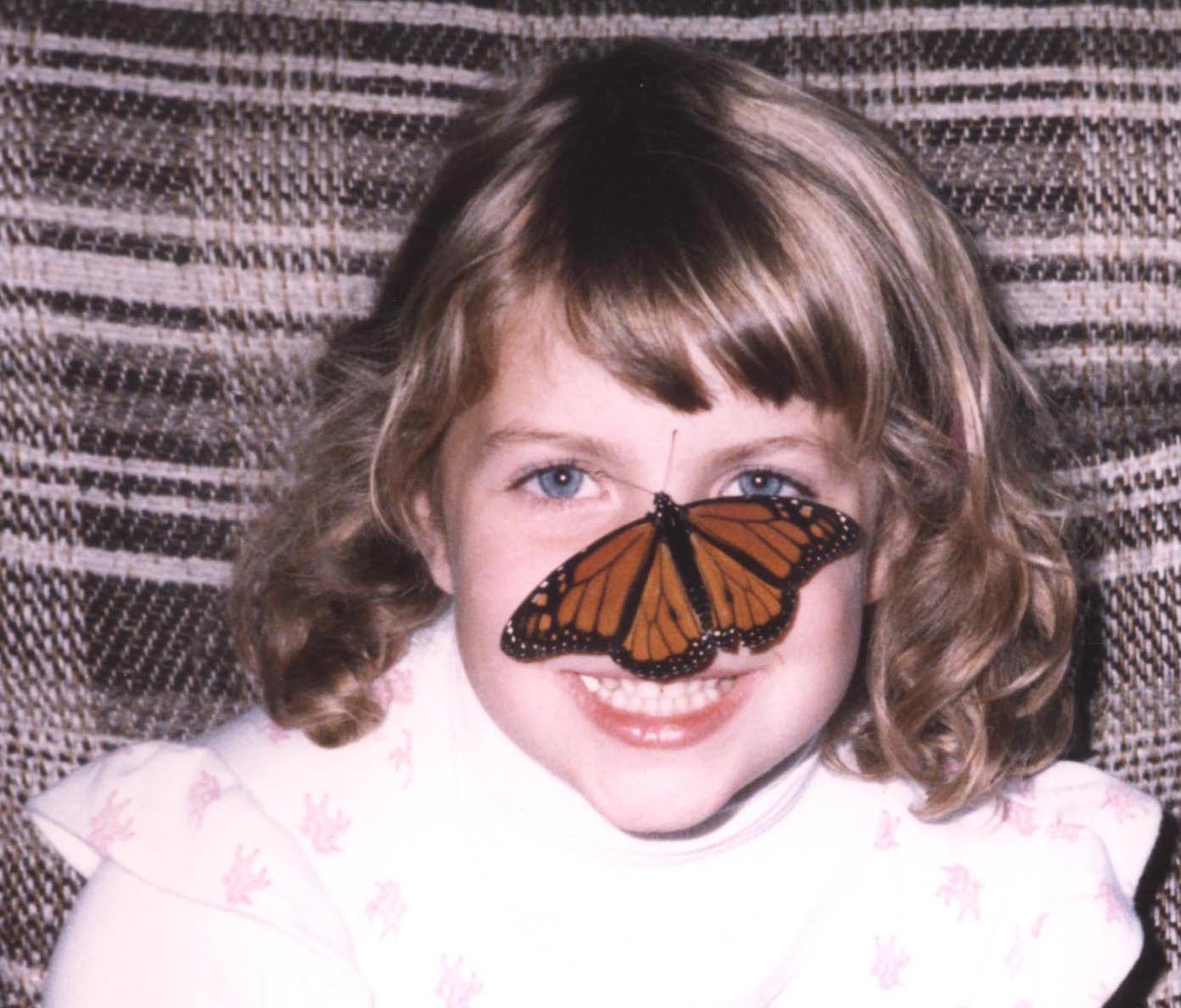For the Love of Critters
One of my characters, Clare Stratford, is a Southern belle. When she falls in love, however, she considers spending the rest of her life as a Cheyenne Indian. So I knew she couldn’t be prone to “the vapors”; she had to be fearless and in touch with the natural world. Therefore, I gave Clare my own love of animals.
In this post, I thought I’d share a few of the critters who fascinate both myself and Clare. Fortunately, South Carolina shares a lot of wildlife with Virginia, where I’ve lived since 2004. (For the squeamish: there will be a small snake.)
At the South Carolina Female Collegiate Institute—a real school—young Clare attracts the ire of the “mean girls” because of her Catholicism and her eccentric ways. The girls nickname Clare Turtle Girl after she helps a box turtle (Terrapene carolina) cross the road. Here’s a box turtle I helped cross a road near my home in the Northern Virginia woods. Because I’m an introvert and such a slow, deliberate writer, I have a special affinity with turtles.

In Chapter 3 of Native Stranger, Clare finds a baby ringneck snake (Diadophis punctatus) trapped in a spider’s web. This was inspired by a true event. I was fascinated by the seeming contradiction of a snake being caught by an insect.
Like Clare, I dislike spiders, but I am overrun by them in my basement apartment. So I set out glue traps—but a few times a year, especially when we get heavy rains, I catch ringneck snakes instead. Once, I caught nine snakes in two traps! They must have been siblings.
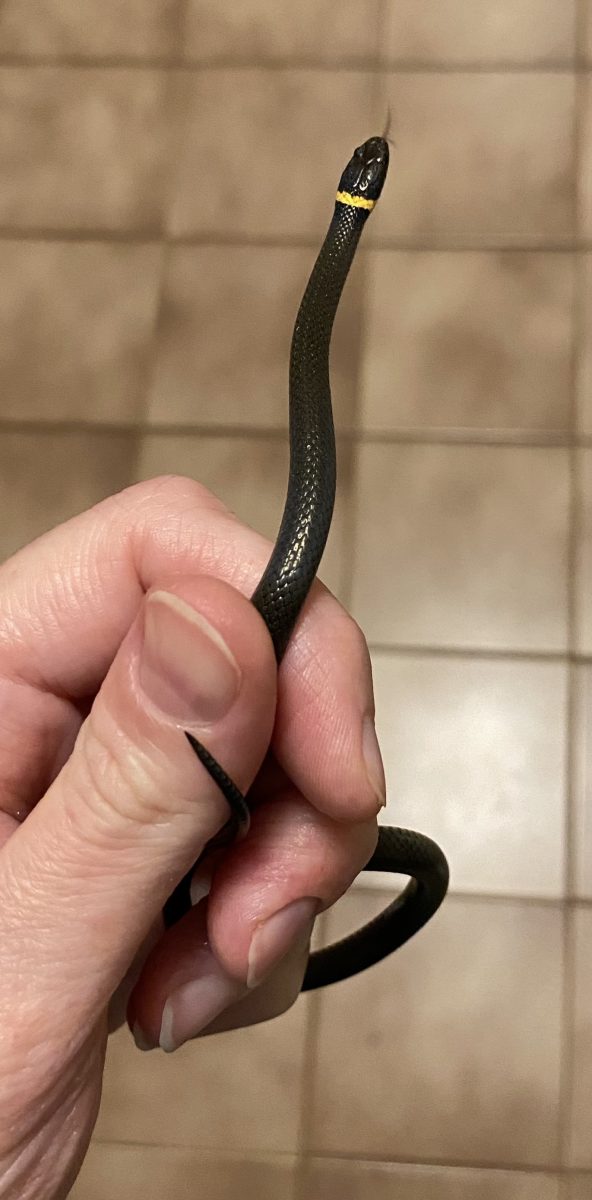
Fortunately, a little vegetable oil to dissolve the glue quickly frees them, and ringneck snakes are harmless to humans. This one is an adult—they average only 12 inches long—so you can imagine how tiny a hatchling is.
I use snakes as a symbol in my fiction, a symbol with multiple meanings. Did you know Prince Albert gave Queen Victoria a snake engagement ring? To the Victorians, the animal meant eternal love and commitment. If you’ve read Lost Saints, you may remember that Clare has an ouroboros bracelet.
An ouroboros is a snake eating its own tail, an ancient symbol of rebirth, which is a motif in my saga. It’s why I named the central family Lazare, after the Biblical man who rose from the dead. But of course, snakes can be deadly, too.
Finally, the creature that I’ve come to know best is the Monarch butterfly (Danaus plexippus). Here I am at age six with one on my nose. As soon as I figured out that caterpillars were easier to catch than butterflies, I began raising Monarchs.
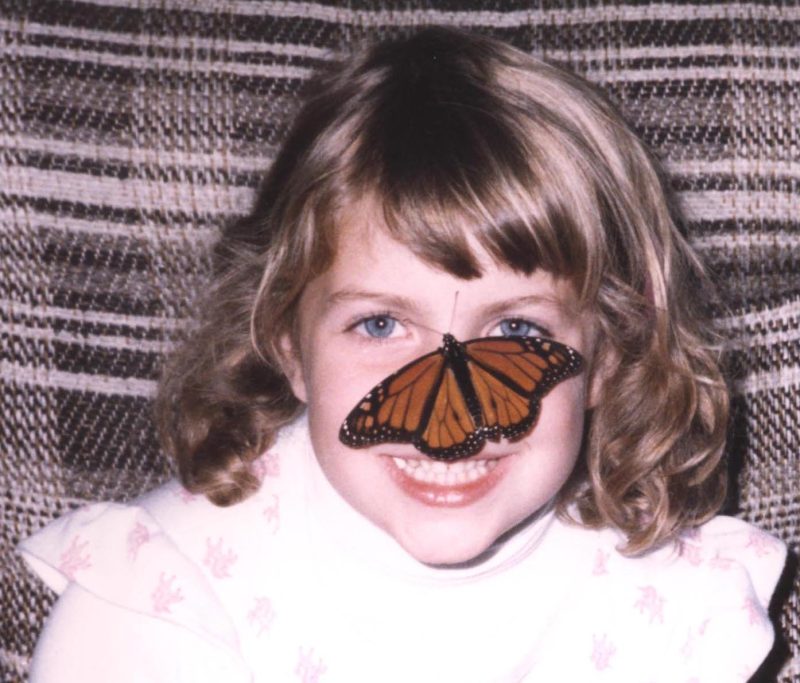
I find the eggs or caterpillars on milkweed—their only food source. Then, like Clare does in Chapter 4 of Native Stranger, I watch in fascination as they undergo their metamorphosis, becoming chrysalises and finally adult butterflies. I must have raised and released over a thousand Monarchs across the years.
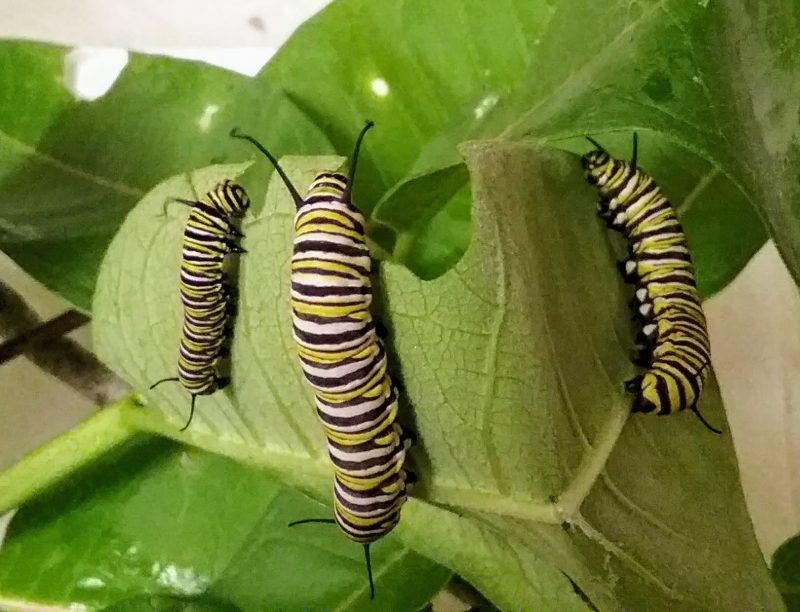
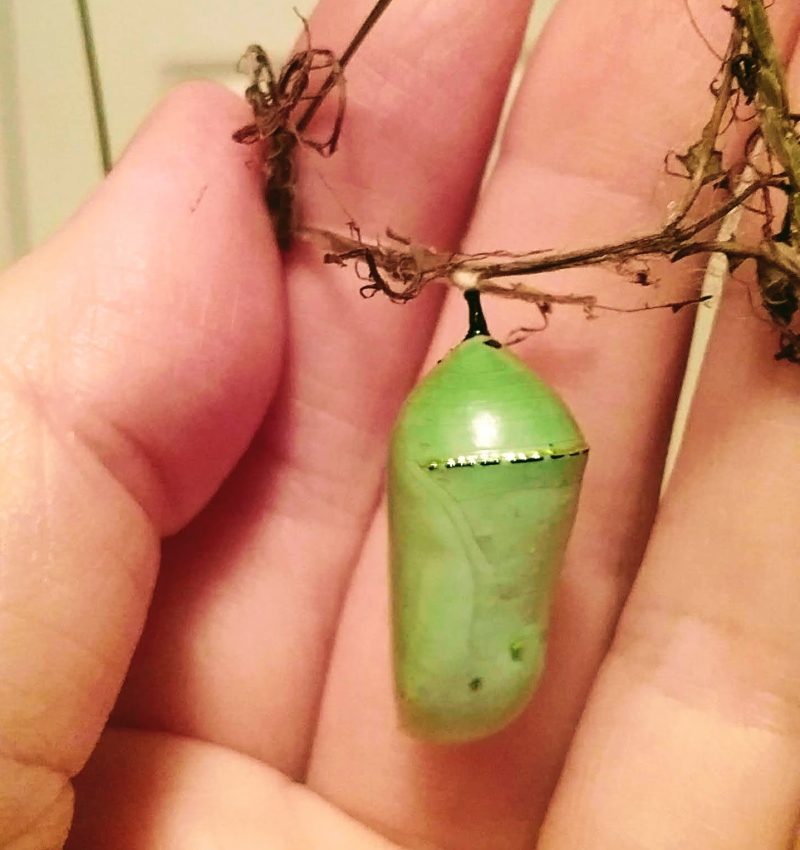
A chrysalis I found in the wild. Monarch chrysalises are jade green with stunning gold accents.
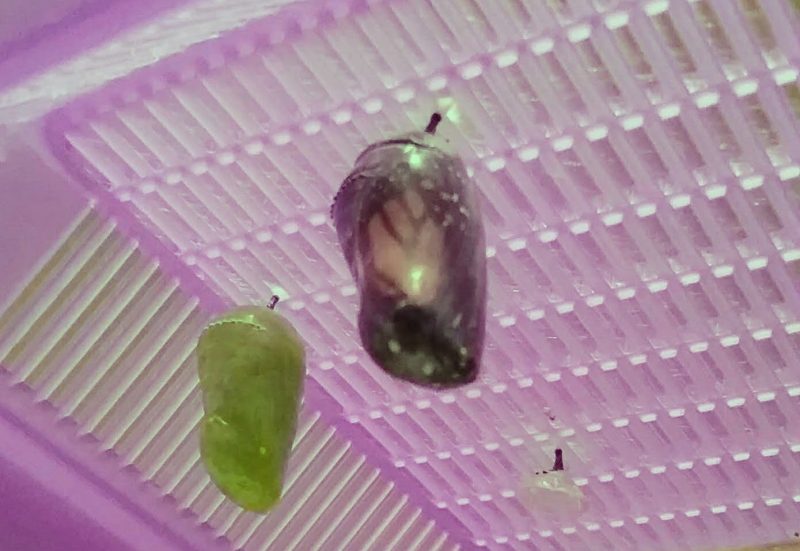
The chrysalis at right is about to “pop” (the technical term is eclose), with the orange-and-black wings of the butterfly clearly visible through the transparent case.
Butterflies are another symbol of rebirth in my work. There’s a Monarch butterfly in the stained glass of the Lazare mausoleum, and my character Ésh dreams about a Monarch. I decided to feature this beautiful little creature on the back cover of the print version of Native Stranger.
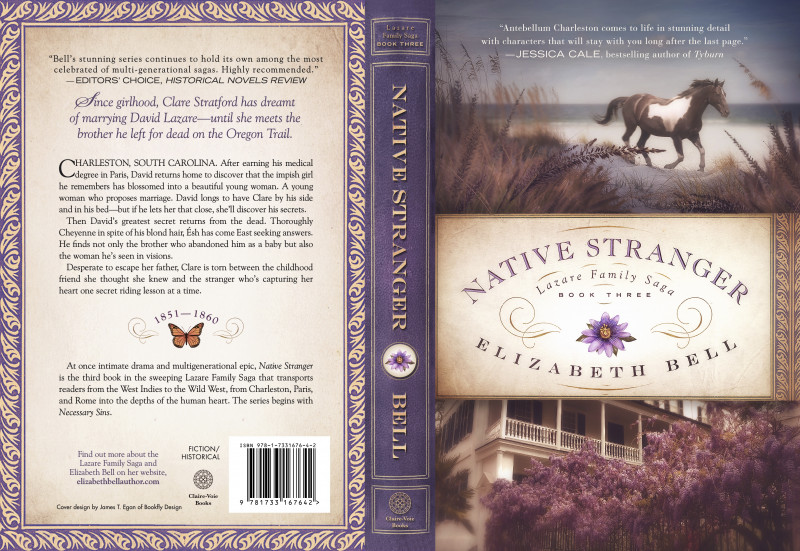
Those are just the critters for whom I have my own decent photos! Other wild creatures featured in The Lazare Family Saga include:

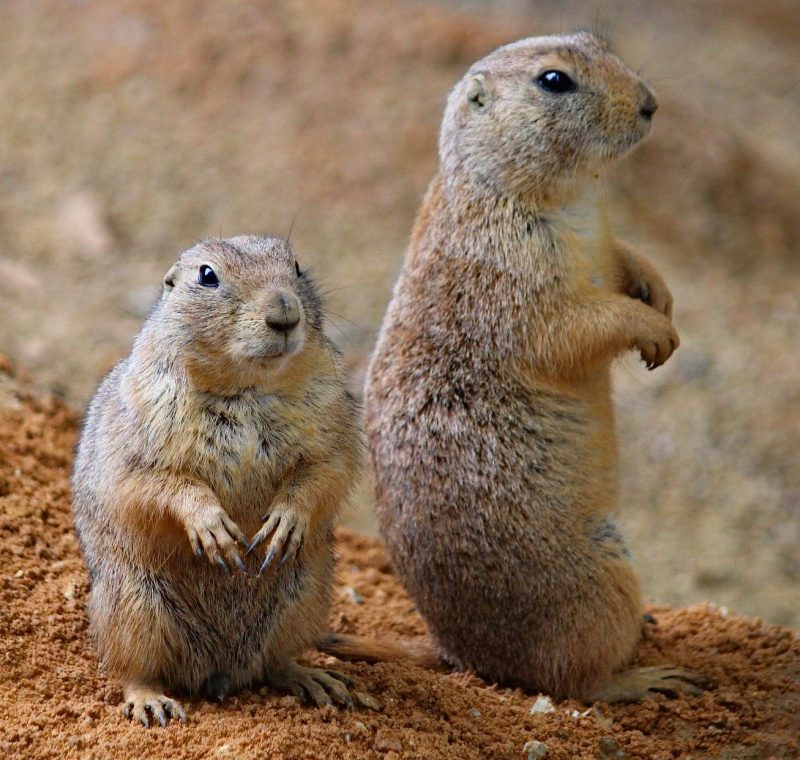
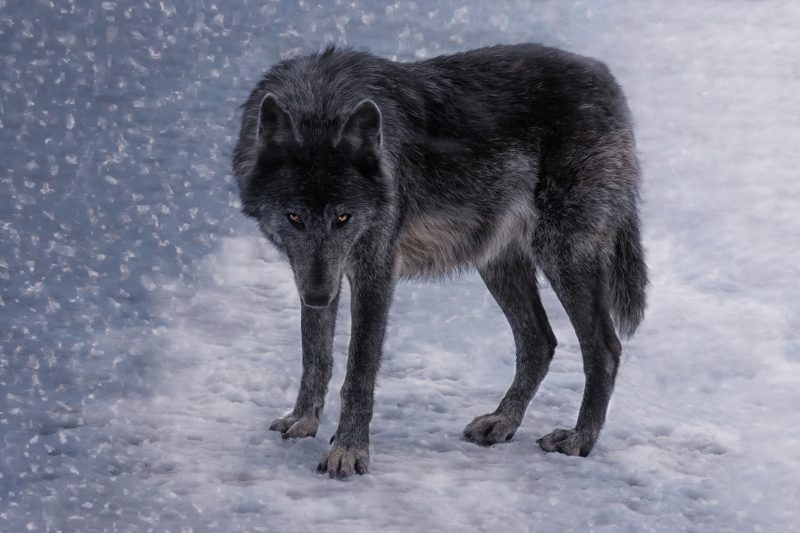
Not to mention a badger, a great-horned owl, and domestic animals like cats and horses, one of whom you’ll spot on the cover above. A tiny tuxedo cat also appears on the ebook and audiobook covers of Sweet Medicine, and the print version of Lost Saints features a bison (buffalo) calf with its mother. They symbolize Ésh and his Cheyenne mother, Zeyá.
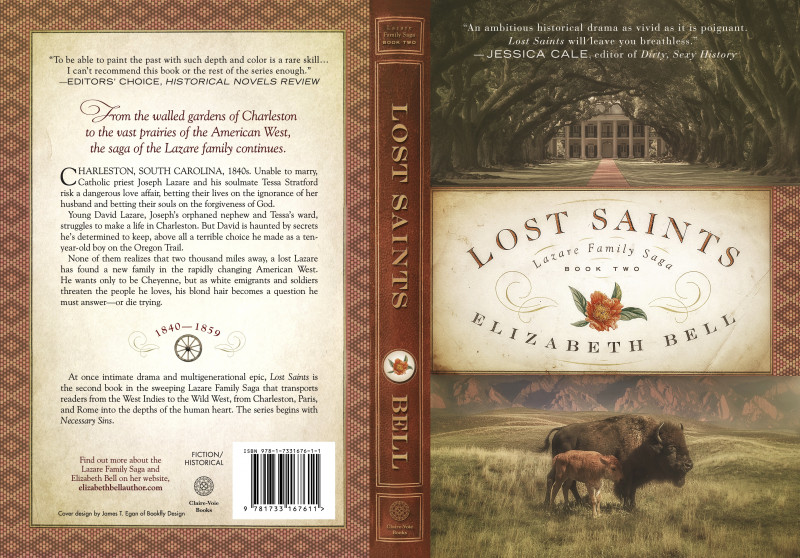
What’s your favorite animal?

